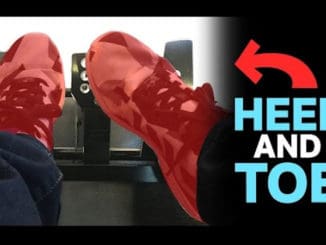
Defensive Driving ~ Arguably the most vital technique is to signal your intent when you are out on the road. This means communicating to other drivers what you are about to do.
As a first step, it is essential that you ensure all lights and indicators on your vehicle for fully functional. Turn signals, brake lights, headlights, and other driving lights must be in good working order. It’s impossible to truly adopt a defensive driving attitude if other drivers have no idea what you intend to do.
Indicate Your Intentions Early
When changing lanes, turning, or executing some other maneuver that others may not expect, use your turn indicator early, before you make your move, rather than late or not at all. Your turn and stop indicators should tell other drivers what you are going to do – well in advance – not to disguise or acknowledge the maneuver you have just completed.
Be Predictable
Apply your defensive driving techniques by being clear with your indicators and move according to your signals. Don’t suddenly change your mind and act in a way that confuses other drivers. Don’t indicate a left turn and then turn right or vice versa. Make sure your indicators cancel after your maneuver so you don’t drive for miles with a meaningless signal that only confuses other traffic.
Know Where You Are Going
Knowing where you are going may not be something you consider as part of defensive driving techniques, but neither is getting lost. Getting lost results not only in confusing yourself but also in confusing others as you make sudden or false moves trying to find your destination.
Slowing down, then speeding up again without indicating is hazardous. If you get lost, indicate correctly to an appropriate place to stop and consult your street directory or map, or ask someone for directions. Driving around aimlessly has no place among defensive driving techniques.
Always Signal
As part of driving defensively, it is a good habit to always signal your intent, particularly when making lane changes or turns. Even on an apparently lonely road at night, it is good practice to signal your intent.
Slowing Down
A key aspect of defensive driving techniques is slowing down or stopping. You can warn following drivers of your intent to slow down or stop by tapping the brake pedal once or twice to flash your brake lights. The flash of the brake lights will alert following drivers to what you intend and this is particularly important if a following driver is approaching quickly.
Signaling your intent early and clearly is a key to staying out of trouble on the road. Being predictable is not only part of your arsenal of defensive driving techniques, but also enables other drivers to know what you are doing. This allows them to anticipate your moves and allows valuable time to adopt their own defensive driving tactics.




